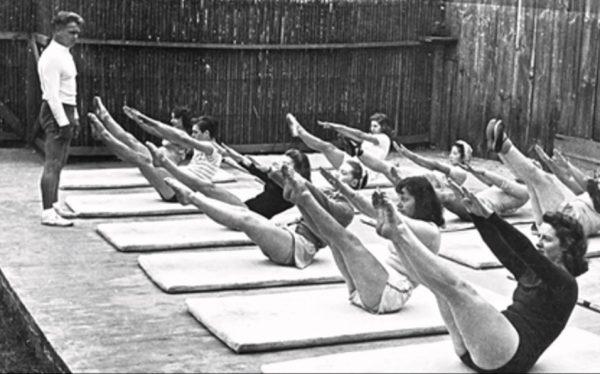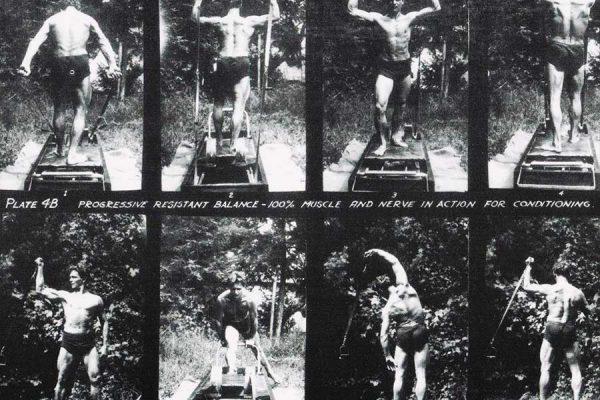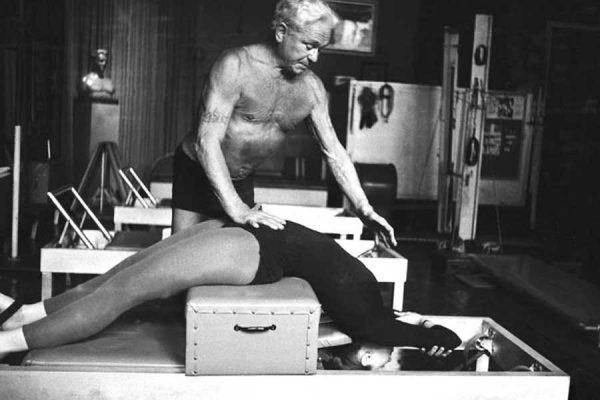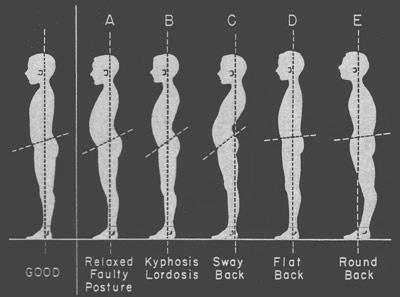The History of Pilates
“If your spine is inflexibly stiff at 30, you are old. If it is completely flexible at 60, you are young.”
Joseph Pilates
Pilates is an exercise method, which was invented by Joseph Pilates. He educated himself in anatomy, bodybuilding, yoga, gymnastics and martial arts. He was a gymnast, a diver and an incredible genius of the body.
Joseph Pilates was way ahead of his time with his vision and insight. He called his discipline ‘Contrology’. Deeper studies reveal the intelligence behind the method that tones and lengthens muscles. If used well, Pilates helps restore our most natural movements and helps correct posture and imbalances allowing our bodies to function in the most efficient way. Pilates is a system that has many pieces of equipment designed by Joseph to help you feel your body with resistance as well as offering support. Reformer, ladder barrel, wunda chair, tower, cadillac and foot corrector to name but a few.
He designed a unique series of vigorous physical exercises which helped to improve posture, coordination, balance, strength and flexibility, and correct muscular imbalances along with increased breathing capacity and organ function.
“Physical fitness is the first requisite of happiness. In order to achieve happiness, it is imperative to gain mastery of your body. If at the age of 30 you are stiff and out of shape, you are old. If at 60 you are supple and strong then you are young.”
Joseph Pilates



BENEFITS OF PILATES
Enhance sporting performance
Pilates is perfect for any sports professional or fitness fanatic. It works on creating even balance and conditions the whole body including the ankles and the feet! Many professional sports teams and athletes now use Pilates as an integral part of their training to improve performance with less chance of injury.
Flexibility for movement
Pilates elongates and strengthens, improving muscle elasticity and joint mobility. Pilates incorporates functional movement patterns with a system where some muscles work while others release. Joseph Pilates said “True flexibility can only be achieved when all the muscles are uniformly developed”.
Reduce anxiety and stress
Pilates has calming effects that help reduce stress. One of the secrets of Pilates is we practice each movement with such attention and concentration, the body and mind unite. Learning to breathe properly is key. As you become more and more mindful of your breath, body and muscles, Pilates becomes more like a form of meditation, helping you relax.
Create better posture
Pilates re-educates you and your body to use healthy patterns that in turn develop a good posture. Using our muscles as they were designed to do enables us to move efficiently, takes pressure off compressed organs, improves circulation and reduces pain throughout the body. The fact that you create a trimmer appearance and you radiate confidence is a bonus!
Strengthen without the bulk
One of the ways that Pilates creates long, strong muscles is by favouring a type of muscle contraction called an eccentric contraction. Eccentric contraction is used in Pilates more than most other types of exercise. The end result is long, lean muscles that work perfectly within the context of the body as a whole.
Improve core strength
Pilates exercises develop a strong “core,” or centre of the body. The core includes the deep abdominal muscles and deep back muscles By integrating the trunk, pelvis and shoulder girdle we can control the centre and support the body. A nice side benefit is that the core training promotes a flatter tummy.
